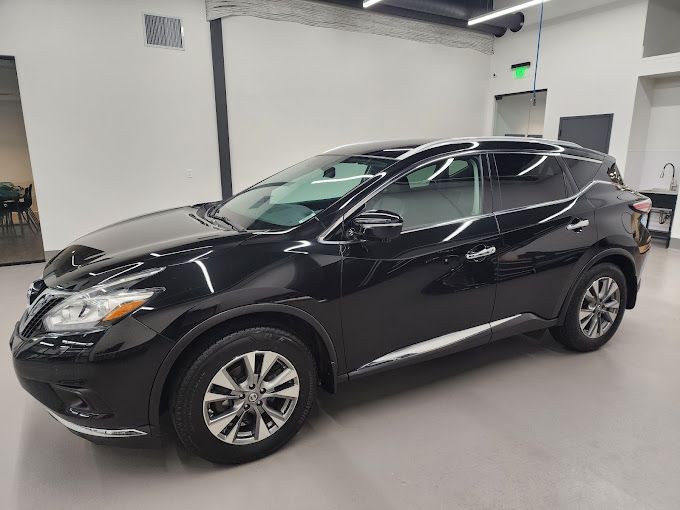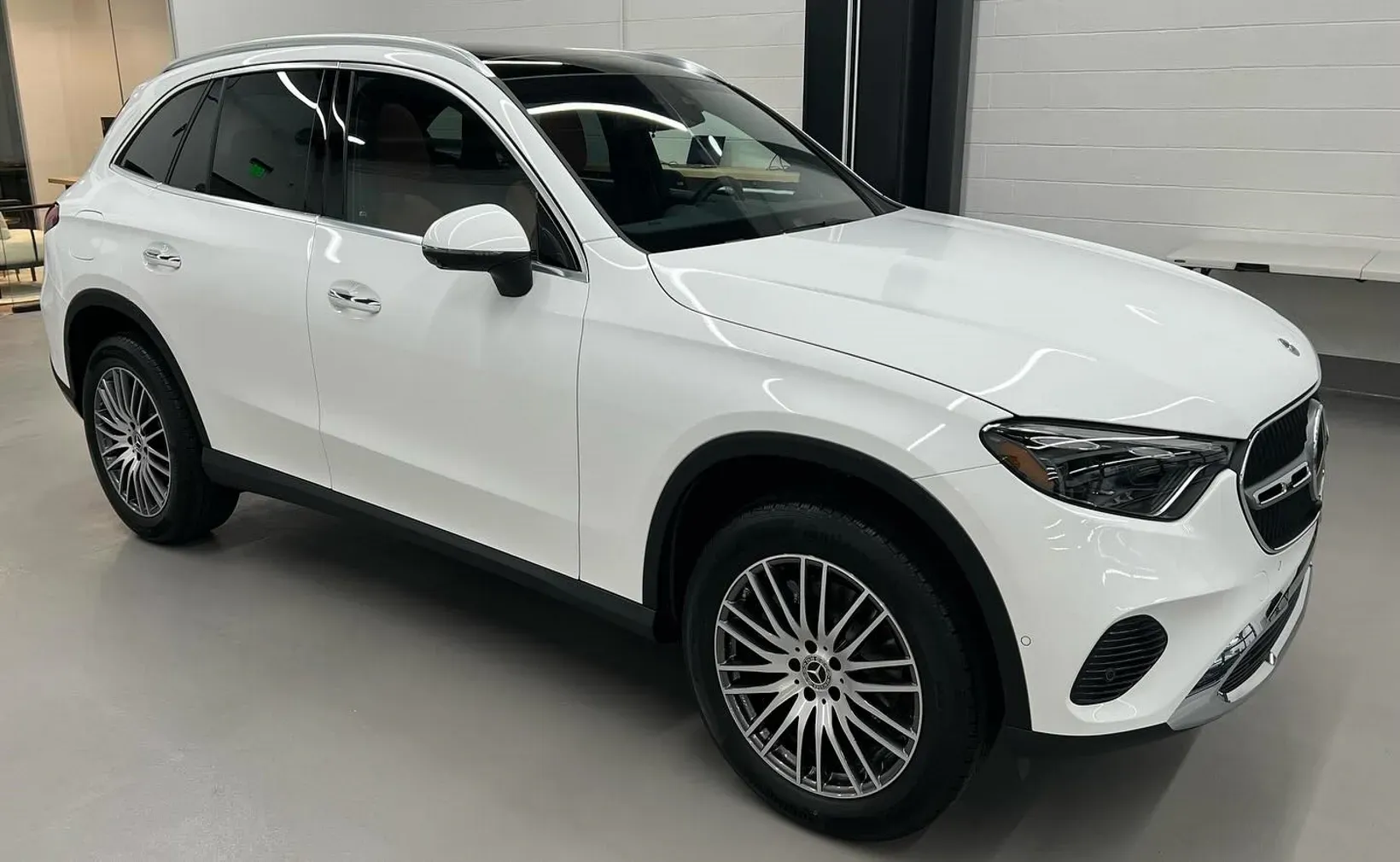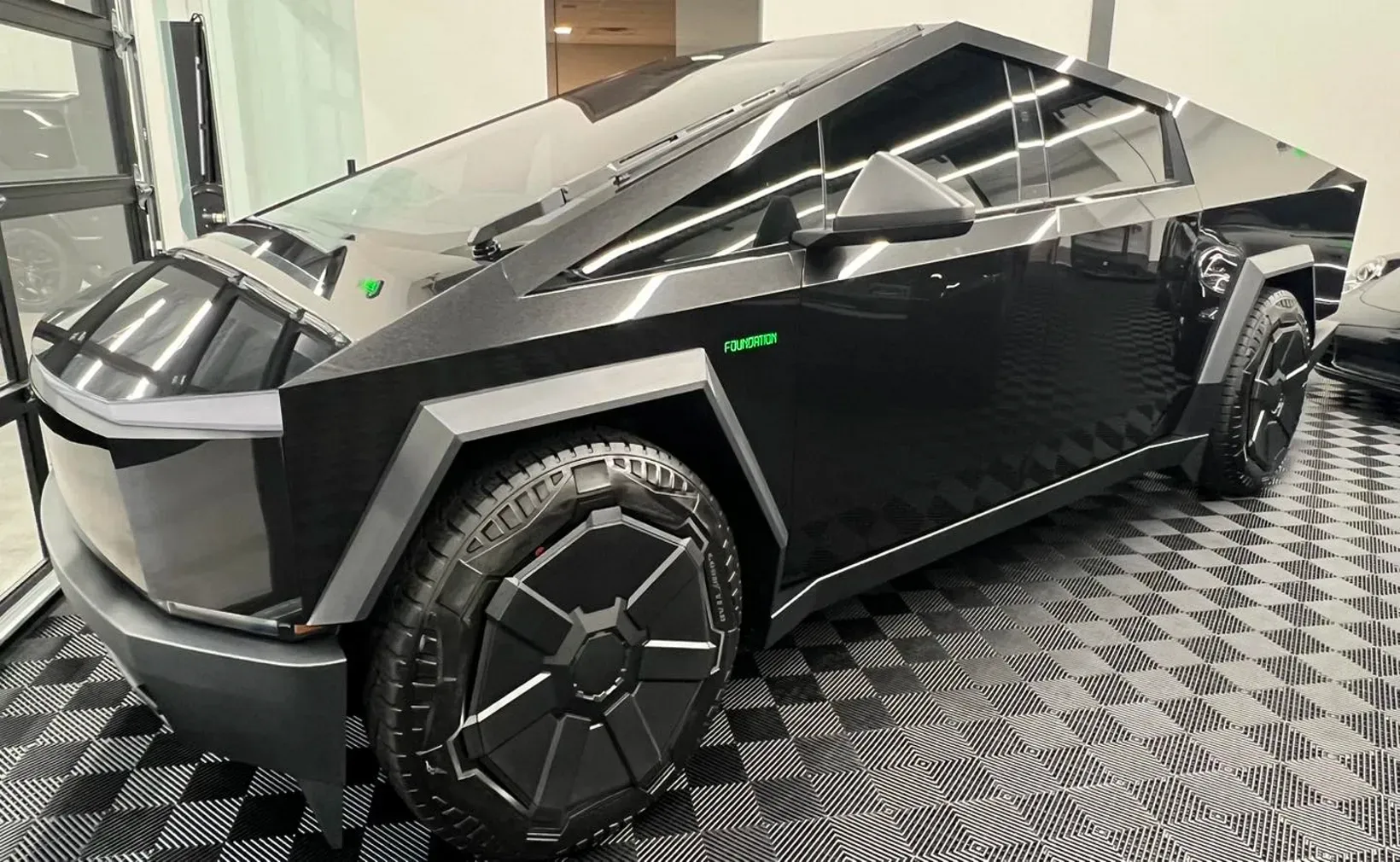Why DIY Paint Protection Film Is A Bad Idea?
(513) 544-4254Thinking about applying a
paint protection film (PPF) to your prized vehicle yourself? While the idea might seem appealing for a dedicated car enthusiast, it carries significant risks that could lead to frustration and costly repairs. Many people are unaware that DIY PPF kits frequently contain hidden challenges, ranging from subpar materials to intricate application techniques that require precision. This concern isn't just theoretical; even experienced hobbyists have faced avoidable setbacks when tackling this task on their own. In this blog post, we will discuss why DIY paint protection film is a bad idea!
DIY paint protection film installation lacks the precision and durability of professional-grade application, potentially leading to issues like premature peeling, misalignment, and subpar defense against environmental hazards. Professional installation ensures flawless application using high-quality materials and specialized tools, offering long-term value with superior protection and peace of mind.
Common Pitfalls of DIY Paint Protection Film
It's crucial to understand that many DIY paint protection film (PPF) kits utilize inferior materials compared to professional-grade products. These low-quality materials lead to premature deterioration, resulting in issues such as peeling, discoloration, and unsightly bubbles. Imagine investing hours into carefully applying the film only to witness it start peeling off or changing color over time. Professional-grade PPF is engineered to withstand harsh conditions, but unfortunately, the same cannot be said for most DIY kits.
Inexperience Creates Imperfections
Precision and expertise are essential when applying PPF. Even the slightest misalignment or mistake during the application process can result in visible seams, patches, and imperfections that compromise both the protective and aesthetic benefits of the film. Professional installers are equipped with the necessary skills and experience to ensure a flawless finish without imperfections, something DIY installations often struggle to achieve due to the lack of expertise and specialized tools.
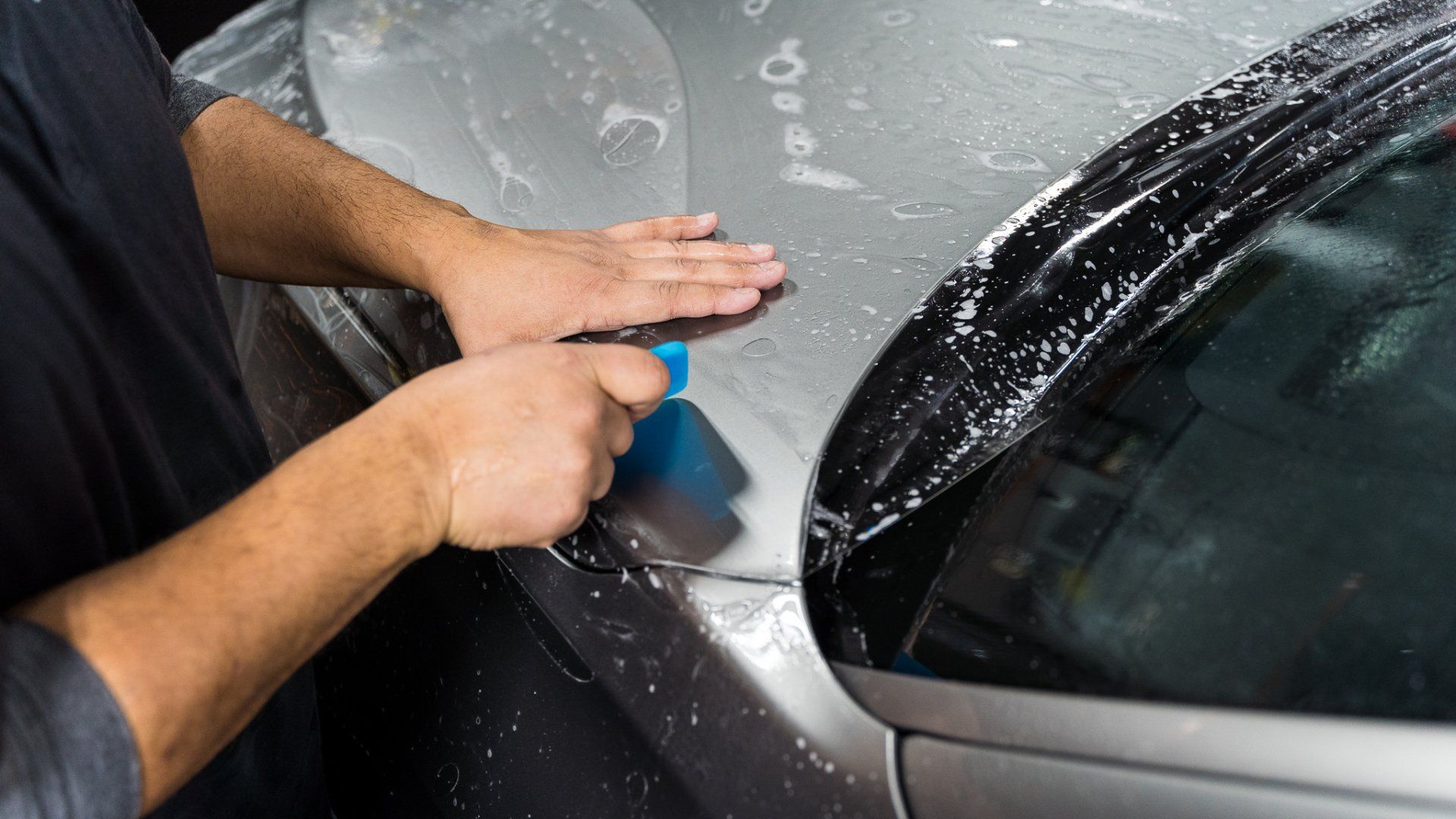
Quality Issues with DIY Kits
When considering do-it-yourself paint protection film kits, it's crucial to understand the quality concerns linked to these products. The materials used in these kits are often not up to par with professional-grade products, resulting in a range of defects and inadequacies that compromise the overall effectiveness and longevity of the protective film.
One of the key drawbacks of DIY paint protection film is the use of inferior adhesives. These adhesives are less durable and tend not to stick well to the vehicle's surface, leading to early peeling and decreased protection. As a result, the film's ability to safeguard the car's paint from chips, scratches, and other external damages is significantly compromised. Professional-grade products, on the other hand, utilize advanced adhesives that ensure superior bonding and long-term adhesion, offering robust protection against various environmental factors.
Moreover, DIY kits often employ soft films that are more susceptible to scratches and everyday wear and tear. This compromises their ability to maintain a flawless appearance and provide adequate defense against abrasions. In contrast, professionally installed paint protection films utilize high-quality materials engineered for exceptional resilience and durability, effectively shielding the vehicle's exterior from potential harm.
Another critical factor is the UV sensitivity of DIY films. These films are more vulnerable to discoloration or yellowing due to prolonged exposure to sunlight. Over time, this can lead to unsightly blemishes on the car's surface, removing it from its aesthetic appeal. Professional-grade films, however, are designed to withstand UV exposure without succumbing to discoloration, ensuring long-lasting clarity and protection.
Risks of Improper Installation
When you embark on the task of installing paint protection film on your vehicle without professional guidance, you set yourself up for a range of potential complications. One of the most common issues encountered in DIY installations is the development of air bubbles and creases under the film.
Air bubbles and wrinkles not only create an unsightly appearance on your vehicle's surface but also compromise the protective function of the film.
Achieving a smooth, bubble-free surface requires specialized tools and precise techniques that professionals have mastered through extensive training and experience. Without these, DIY installations often lead to air bubbles, misalignments, and poor adhesion, significantly compromising the protective capabilities of the film.
Furthermore, achieving proper alignment during DIY installation can be quite challenging without professional expertise. The misaligned film can leave areas of your vehicle's paint exposed to damage, negating the very purpose of applying a protective film in the first place. The edges may not line up properly or there could be gaps that expose vulnerable areas of the vehicle.
Additionally, the adhesion process is critical in ensuring that the protective film stays securely attached to your vehicle's surface. Proper adhesion is essential for maintaining the integrity of the protective layer. However, achieving correct adhesion and avoiding any lifting or detachment of the film requires precision and careful attention to detail—a level of skill that is honed through professional training and experience.
Without this expertise, missteps in applying the adhesive can lead to compromising the effectiveness of the protective layer. Improperly adhered film might show signs of peeling or lifting over time, leaving areas of your vehicle's paint susceptible to damage from environmental elements.
The challenges associated with achieving a flawless installation through DIY methods become increasingly apparent when considering these potential risks. Professional installations provide a higher success rate in mitigating these issues and preserving the longevity and effectiveness of the paint protection film.
Potential Damage to Your Vehicle
Applying paint protection film involves intricate steps and details that must be handled carefully. Unfortunately, when done improperly, the consequences can be far-reaching.
Firstly, let's talk about scratches during application. If you're not careful with the tools or inadvertently misapply the film, you run the risk of scratching your car's paint. Imagine you're trying to smooth out the film, but instead of a sleek finish, what you end up with are unsightly scratches that mar the surface of your car. It's frustrating, and most importantly, it's entirely preventable.
Then there's the issue of mishandling adhesives. Using adhesives can be tricky; if not done correctly, they may leave behind stubborn residues that are difficult to clean. Even worse, these residues might necessitate a full paint touch-up to rectify the damage.
The impacts go beyond aesthetics; poorly applied PPF can also have an impact on your vehicle's resale value. Avoiding visible mistakes and ensuring a flawless PPF application is crucial in maintaining your car’s visual appeal and overall resale value.
Overall, understanding the potential harm that can result from DIY PPF applications underscores the necessity of seeking professional expertise for this critical automotive maintenance task.
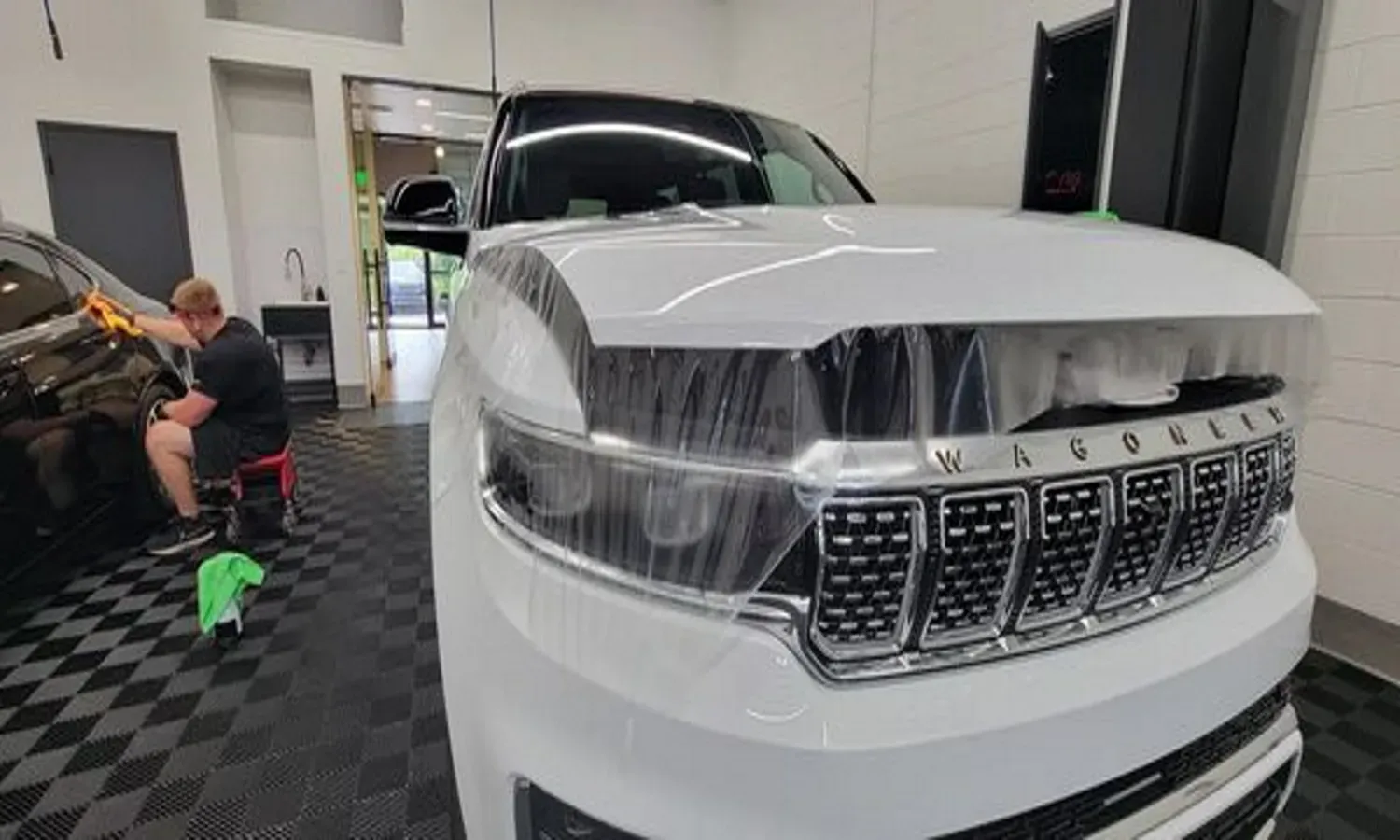
Advantages of Professional Installation
When it comes to ensuring your vehicle's paint is well protected, nothing beats the expertise and precision of trained technicians who specialize in applying Paint Protection Film (PPF). These professionals have honed their skills, guaranteeing a flawless application that includes perfect alignment and bubble-free results. This level of expertise and attention to detail is not easily replicated in a DIY setting, ultimately ensuring that your vehicle receives the highest standard of care.
Professional paint protection film installers have the experience to easily navigate the contours of your vehicle, ensuring that every inch is precisely covered. This level of mastery is what sets professional installation apart from its DIY counterpart.
Moreover, professionals use high-quality materials specifically designed for durability and resilience against environmental elements such as UV rays and abrasions. These industry-standard films are engineered to last, providing long-term protection for your vehicle's paintwork. The use of such robust materials reinforces the importance of entrusting this process to individuals who have a deep understanding of the product and its application techniques.
Consider the added safeguard of warranties that often accompany PPF services. These warranties cover various issues, including peeling, discoloration, and other potential concerns related to the PPF. This not only provides peace of mind for the vehicle owner but also acts as a protective measure for their investment. The assurance that comes with having these potential issues accounted for can make all the difference in maintaining your vehicle's pristine appearance.
Overall, opting for professional installation ensures that your vehicle benefits from expert precision, high-quality materials, and additional coverage through warranties—ultimately safeguarding your investment and preserving the aesthetics of your prized possession.
Long-Term Benefits of Professional PPF
When you invest in a professional paint protection film (PPF) installation for your car, you're not simply shielding its exterior from unpredictable road hazards. You're also securing a range of long-term benefits that speak to both its protection and aesthetic enhancement.
Superior Protection
A professionally installed PPF provides an unmatched shield against various external threats. It acts as a defensive barrier, safeguarding your vehicle's paint from potential damage caused by chips, scratches, and environmental factors such as UV rays, insect splatter, and harsh weather conditions. This means your car is better equipped to maintain its pristine appearance and original condition for much longer compared to untreated vehicles.
Professionally installed PPF is typically thicker and more durable than DIY alternatives, offering a higher level of defense against the most common types of wear and tear. It can effectively absorb the impact of small debris or stones kicked up by other vehicles on the road, minimizing the risk of deep paint damage—something that standard wax or sealants just can't provide.
Moreover, the ability of PPF to resist yellowing or fading over time means your car's color retains its vibrancy, preventing premature aging and preserving its visual appeal.
Cost-Effective in the Long Run
While the initial cost of professional PPF installation might appear higher compared to DIY options, the longevity and durability it brings significantly reduce the need for frequent replacements and repairs. Over the lifetime of your vehicle, this translates to substantial savings. By preventing extensive damage to your car’s exterior through regular wear and tear, professional-grade PPF minimizes the expenses associated with fixing or reapplying protective coatings frequently.
Enhanced Appearance
The aesthetic appeal of a professionally applied PPF is hard to match. It delivers a sleek, polished finish that not only elevates the overall appearance of your vehicle but also adds value to it. The glossy sheen and seamless coverage create a visually stunning look that emphasizes the high-quality craftsmanship and care put into protecting your car's exterior.
The smooth and flawless appearance enhances every detail of your vehicle’s design while showcasing its inherent beauty without compromising performance. Ultimately, opting for professional PPF ensures that your car maintains an impeccable finish over time, contributing to its allure and desirability in the long run.
For optimal protection and aesthetic appeal, choosing professional PPF at
Luxury Car Care guarantees that your car receives the best care and long-term benefits available in the market. Connect with us at Luxury Car Care or call us at (513) 544-4254 to safeguard your vehicle today.


